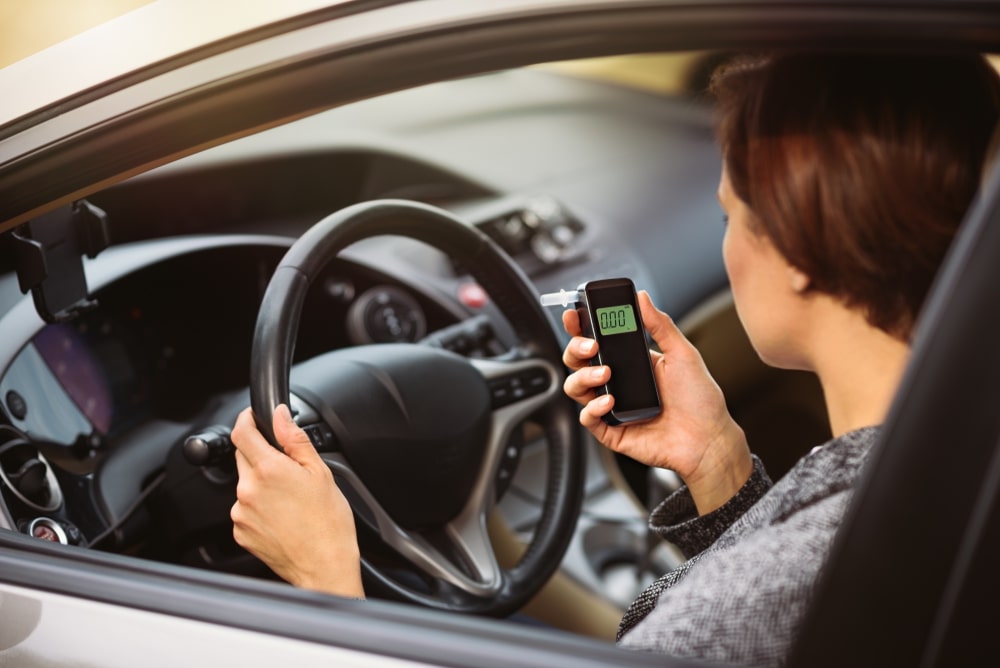You opted for
A breathalyzer back at the station. You blew into it and it gave a reading. It was over 0.08. Is there anything you can do to fight it?
Yes.
Everyone learned about the scientific method in 8th grade. It applied to you in 8th grade and it applies to the police officer operating the breathalyzer.
In science, the goal of all testing is simple: to deliver a valid measurement. In order for a result to be valid, the method must first be valid. In the scientific world, to say something is valid is the highest form of approval possible.
Why is a valid method important? A valid method means that the method has been proved (by testing and supported by underlying verifiable data) to be suitable for its intended use and that it achieves the intended reported result correctly and uniquely.
What this means for you is if we can show that a non-valid method of testing was used in the breathalyzer, your breath result cannot be relied on. For you, this is reasonable doubt. And this can be good enough to get your case thrown out.
A non-valid method and result means that a result has been achieved, but because the method has not been validated or there has been a deviation by the operator from the validated method, we do not know whether the result is correct. It could be right, or it could be wrong. This is the case of the breathalyzer machine, the Intoxilyzer 9000 used by the Austin Police Department at the Downtown Austin Jail. It has not been validated.
An invalid method and result means that there is documented and verifiable proof (data) that the intended result that demonstrates empirically that the method or result is not suitable for its intended use and has actually achieved an incorrect result. This could also very well be the case of the breathalyzer machine with further investigation of maintenance issues or errors in test results for arrests that occurred before or after yours.
Put simply, a validated method means there has been some sort of rigorous method of testing of the machine and its calibration procedure to produce data that shows and proves that the method is suitable for its intended purpose.
In breath testing for ethanol (or alcohol), the intended purpose is to:
- correctly and uniquely identify ethanol and not any other substance in the breath
- correctly and uniquely identify the quantity of ethanol and not any other substance in the breath
You might be thinking, “Great. But what does this have to do with me?”
Without a valid method, we can never achieve a validated result.
So if we can show that the breathalyzer machine Austin Police used was not operating pursuant to a valid method, your breath test result cannot be valid.
A good analogy is that of a foundation. How you lay the foundation will affect the quality and durability of the building that rests on it. If the foundation is poor, it does not matter how perfect the framing, how perfect the roof, how perfect the drywall, or how perfect the interior support beams are. The building is in jeopardy and will eventually collapse.
It has been well documented that there is no breath test that can be purely specific to ethanol. This means that other naturally occurring chemicals are picked up as “ethanol”.
Attorney Phil Price originally discovered, through experimentation, that an electrochemical-based breath test machine will react and record a significant alcohol result simply by eating a piece of white bread. Dr. A.W. Jones and others have repeatedly reported case studies where diabetics will have a false positive BAC report when tested on a breathalyzer.
